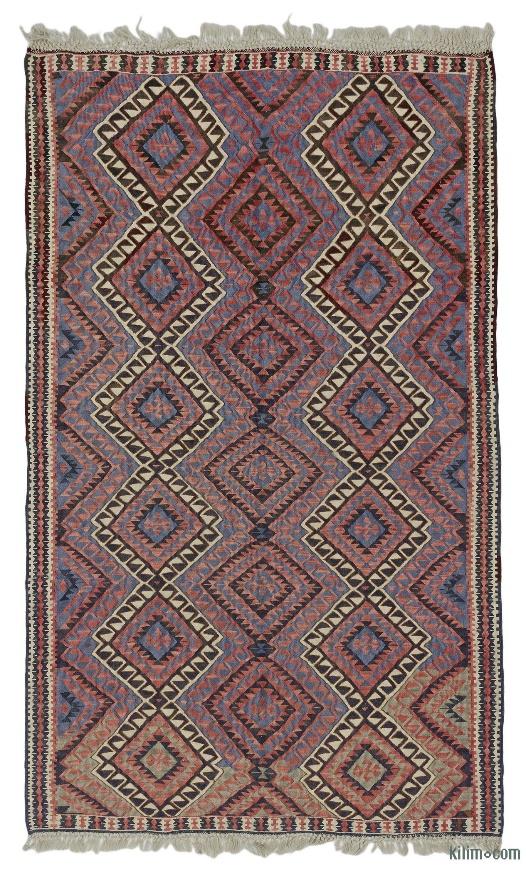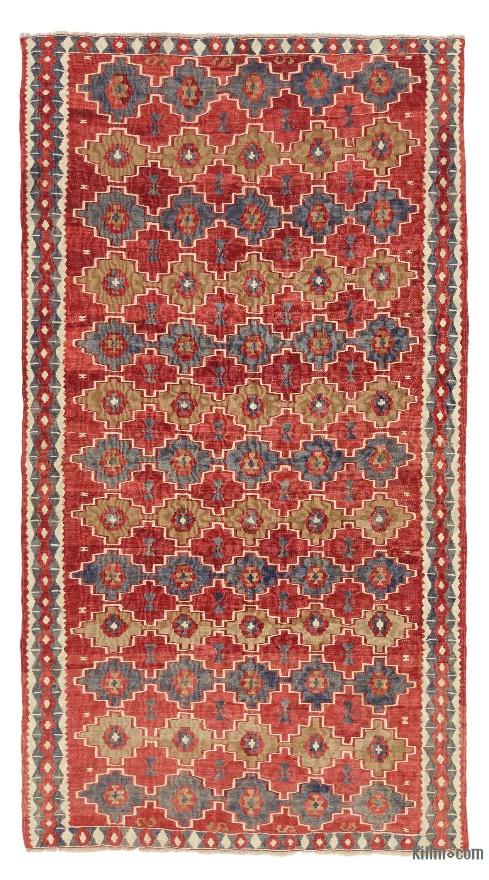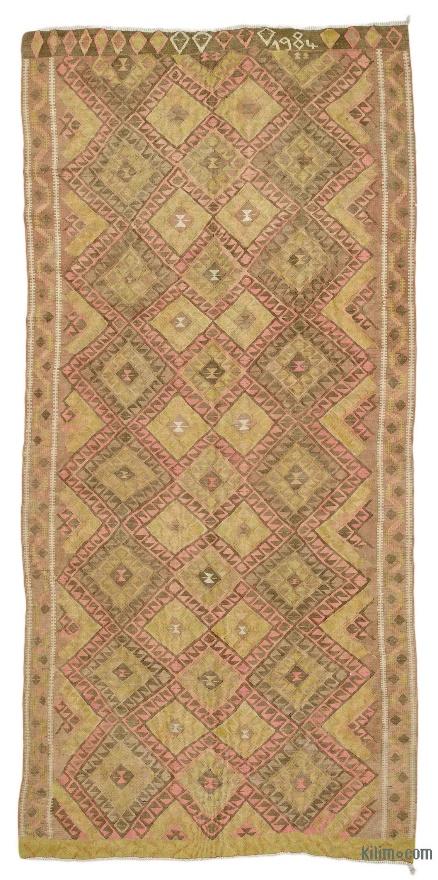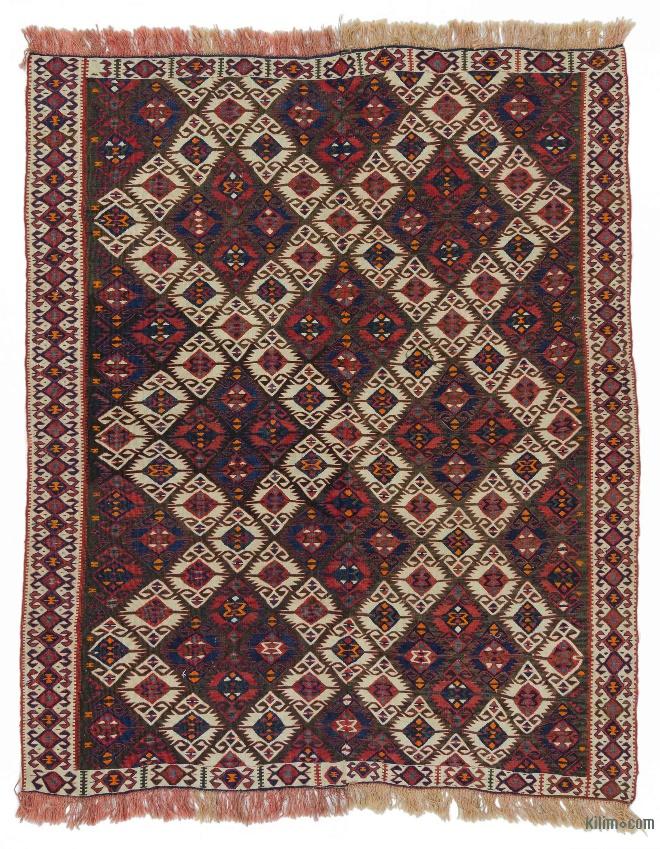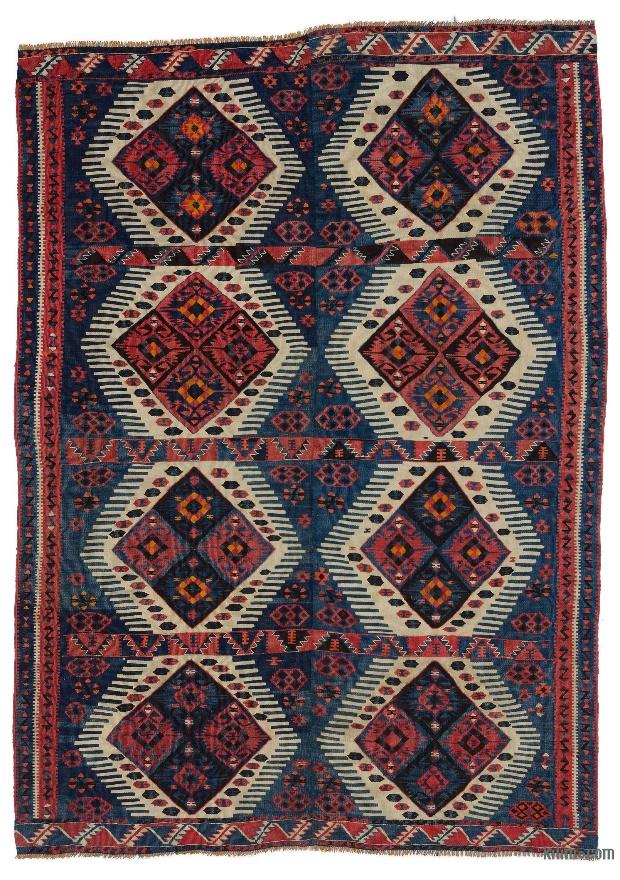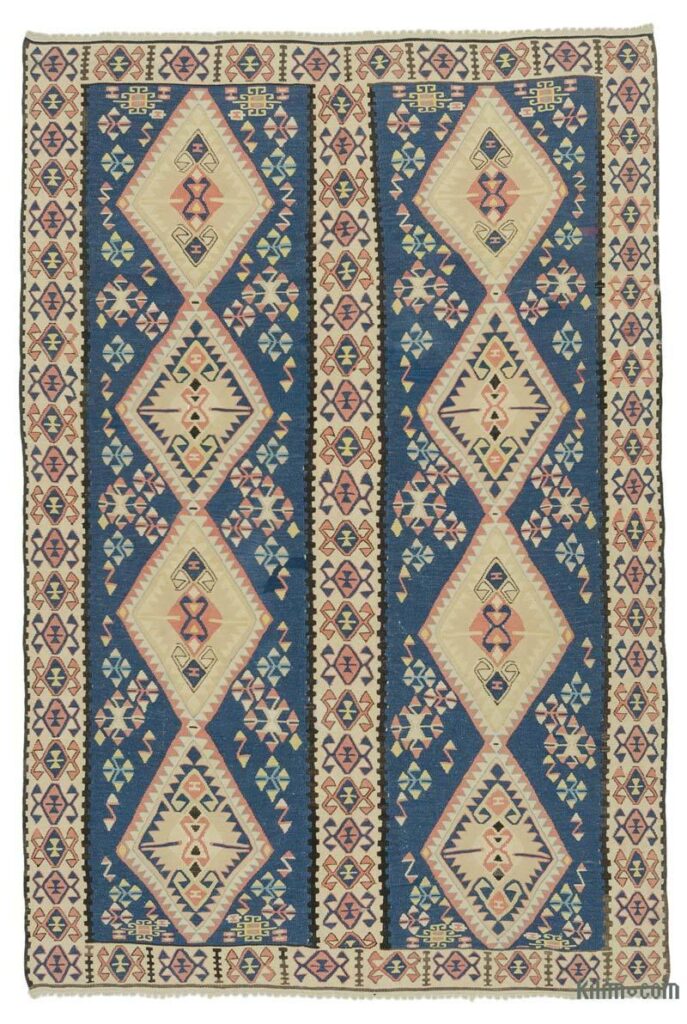Van Kilims
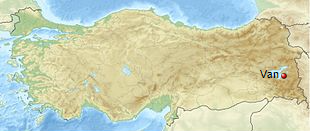
Van is a city in eastern Turkey’s Van Province, located on the eastern shore of Lake Van. The city has a long history as a major urban area. It has been a large city since the first millennium BC, initially as Tushpa, the capital of the kingdom of Urartu from the 9th century BC to the 6th century BC, and later as the center of the Armenian kingdom of Vaspurakan.
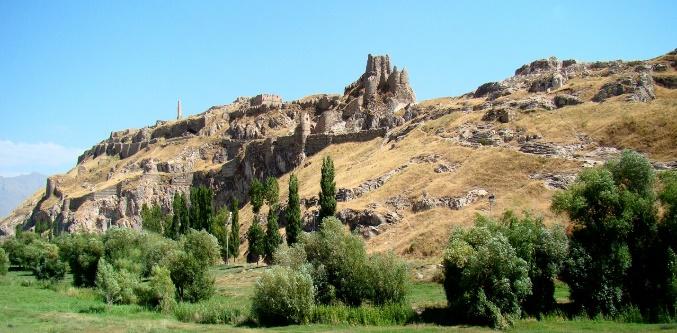
The Fortress of Van, also known as Van Citadel, is a massive stone fortification near the Lake Van built by the ancient kingdom of Urartu during the 9th to 7th centuries BC, and is the largest example of its kind. The Lake Van, too, is the biggest lake inside Anatolia.
Today Van is a town near the lake and the ancient citadel with Kurdish population amongst whom kilim weaving is a popular practice.
Known as a kilim source rather than piled pieces, variety of designs applied by Van’s weavers.
Technical aspects and the structure of Van kilims
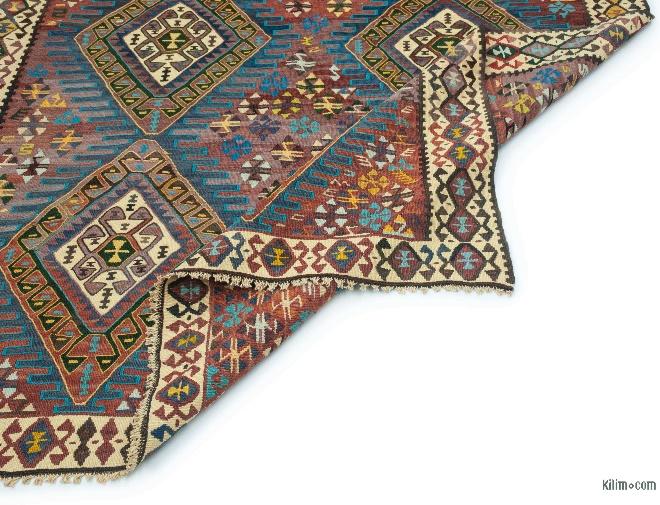
Double pieces kilims are common in Anatolia. These piece are usually sewed to each other to make the bigger piece. In Van, too, it is the common structure nowadays. Antique pieces from Van, otherwise, are single-pieced with borders in designs.
Van is a big center for collecting kilims, therefor almost all usual, and maybe unusual, sizes would be found. These include variety of rug and runner sizes.
Double pieces joined in the middle are foldable, and so there is two possible sizes for a kilim woven so.

Dyeing and painting of Van kilims
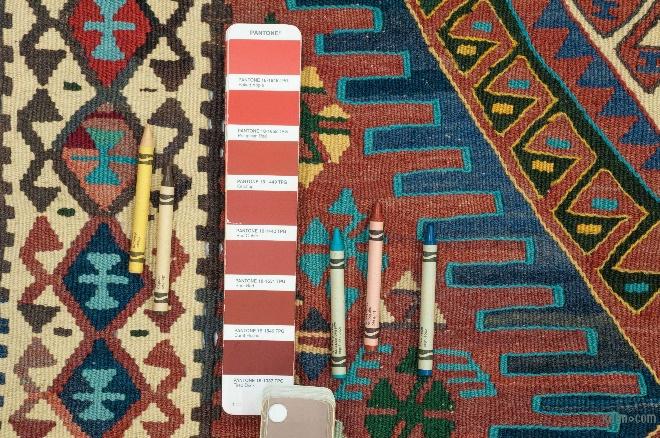
With a very wide variety of designs. Various palette of course expected. What is common between them is the artistry of painting which is depended on good dye of the area.

Combinations of pink and olive or rose and azure make Van’s antique kilims the most favored of their kind. Many contemporary kilims of the area have white fields.
Designs and patterns of the Van kilims
All-over designs with hooked hexagons usually have borders. These hooked hexagons may be large or small. Repeats of small hexagons make lattice design while large ones lead to a total design resembling the pole medallion structure.
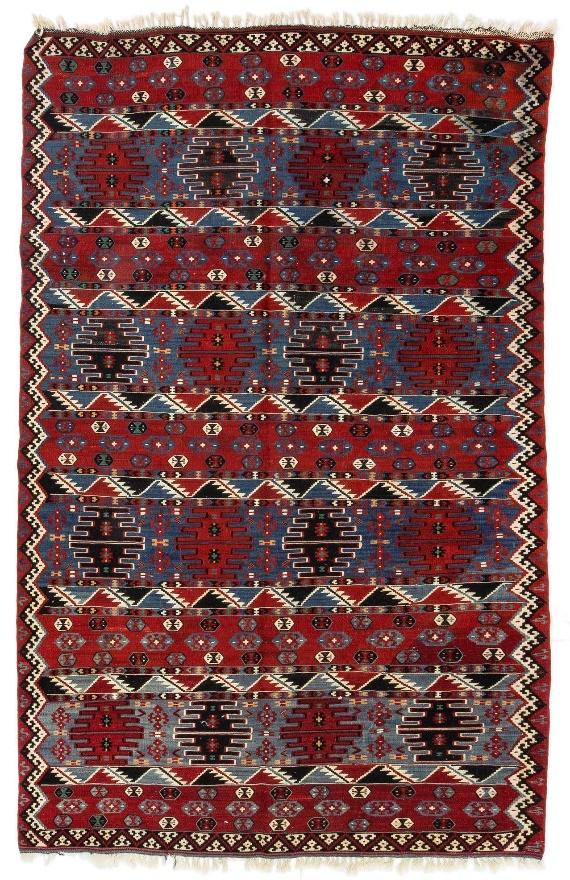
Many contemporary kilims have a white background with a very wide variety of designs.
